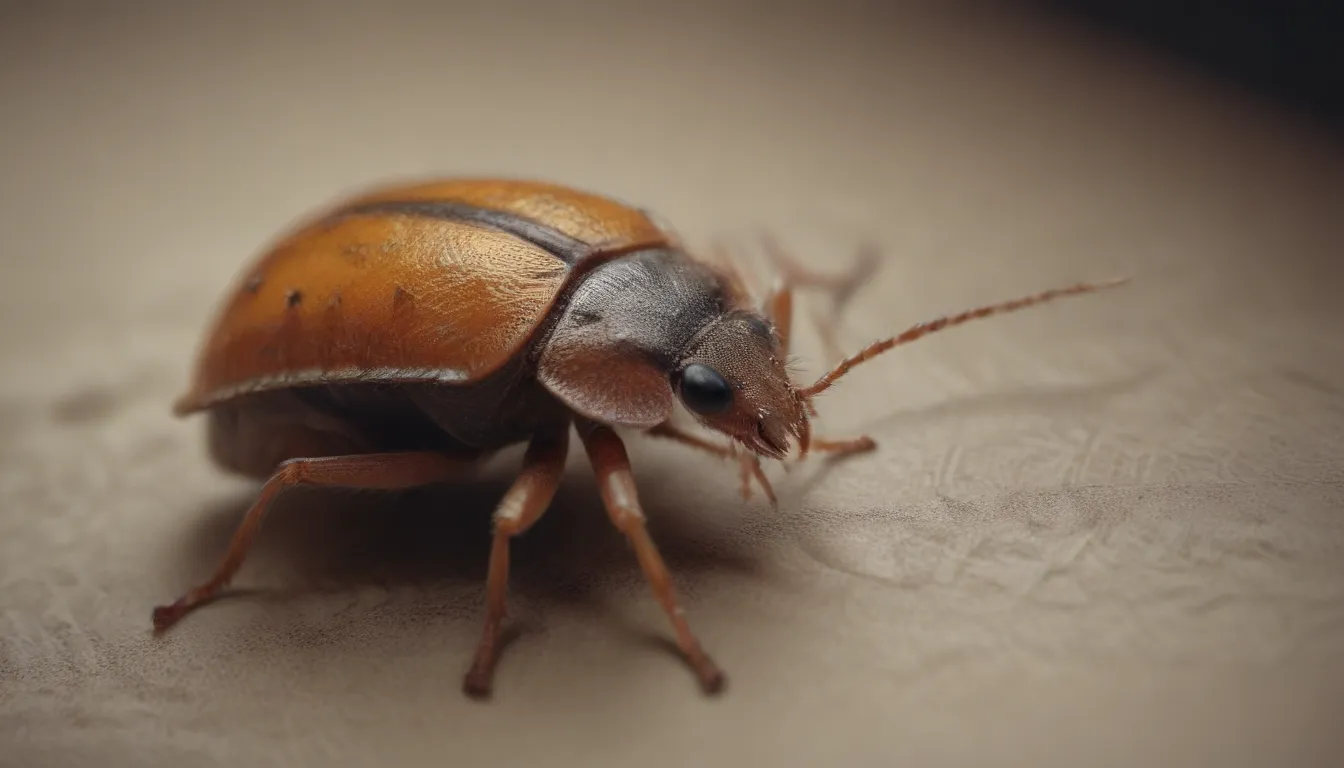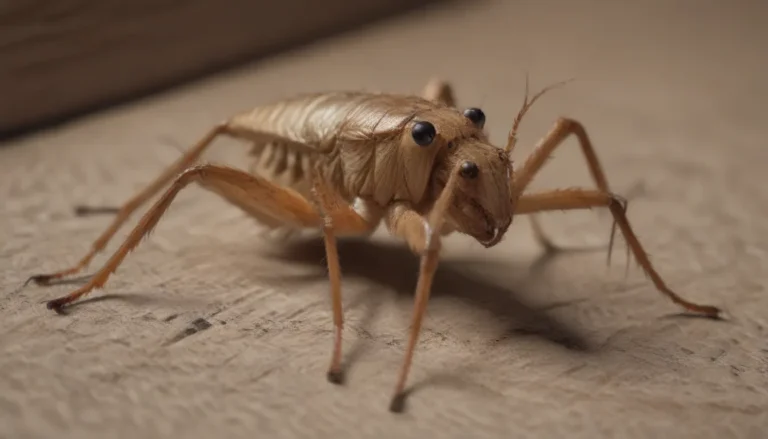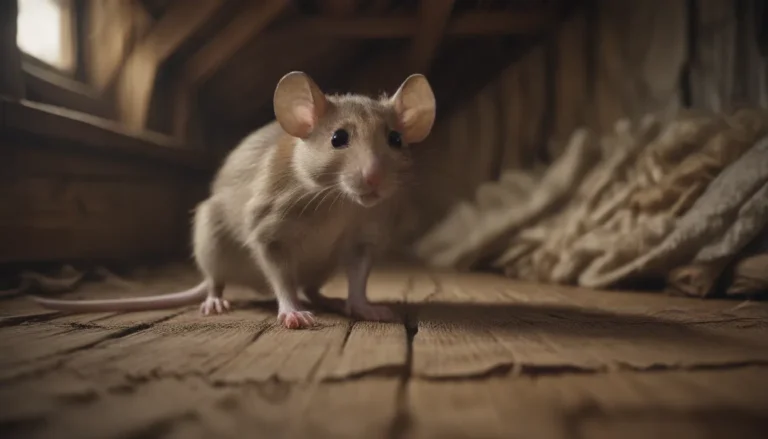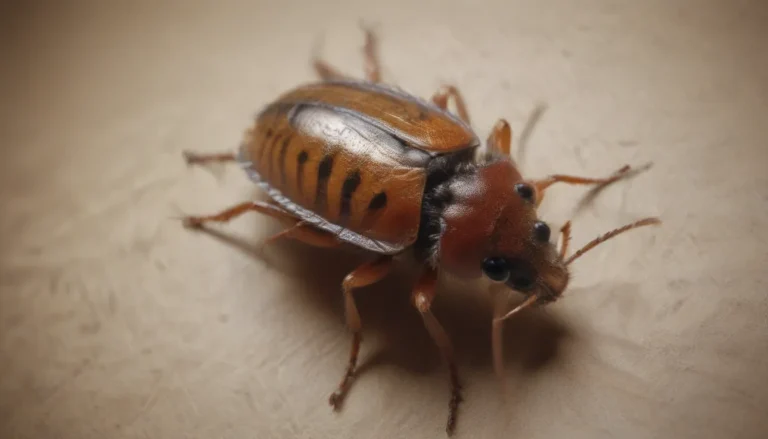Top 10 Common Tiny Bugs Found in Your House and How to Eliminate Them

Welcome to our comprehensive guide on dealing with tiny bugs that find their way into your home! Whether you’re dealing with bed bugs, fruit flies, ants, stink bugs, weevils, carpet beetles, silverfish, cockroaches, spiders, or dust mites, we’ve got you covered. With the help of expert advice from Dan Suiter, a professor of entomology at the University of Georgia, we will explore effective ways to identify and get rid of these pesky critters. Let’s dive in and learn how to keep your home bug-free!
Understanding the Behavior of Tiny Bugs in Your Home
Before we delve into specific bug types and how to eliminate them, it’s essential to understand why bugs are attracted to your home. According to Dan Suiter, bugs seek favorable temperatures, abundant food and water, and available shelter/harborage – all of which can be found in residential settings. By learning more about the biology and behavior of these tiny bugs, you can develop a proactive pest management plan to keep them at bay.
Common Tiny Bugs Found in Your Home and How to Deal with Them:
Bed Bugs
Bed bugs are notoriously challenging to control, especially with large infestations. If you suspect you have a bed bug problem, consider contacting a professional for assistance. However, there are some DIY methods you can try:
- Use heat: Heat treatment is one of the most effective ways to eliminate bed bugs. Exposing infested items to high temperatures can kill bed bugs and their eggs.
- Use cold: Similarly, extreme cold temperatures can also eradicate bed bugs. Consider freezing infested items to eliminate the bugs.
- Remove the food source: Regularly clean and declutter your living space to remove potential hiding spots and food sources for bed bugs.
- Deep clean: Thoroughly vacuum and clean your bedding, furniture, and carpets to remove any bed bugs and their eggs.
Fruit Flies
Fruit flies are attracted to overripe fruit, food specks, and kitchen drains. To control and eliminate fruit fly infestations, follow these tips:
- Empty and clean your kitchen trash regularly to remove food sources for fruit flies.
- Keep fruit stored in the refrigerator to prevent it from overripening.
- Clean kitchen drains and disposals to remove scum that attracts fruit flies.
- Place fruit fly traps around your kitchen to capture and eliminate adult flies.
Ants
With over 12,000 species of ants, controlling them can be challenging. However, you can discourage ants from invading your home by:
- Providing ant baits that they can carry back to their nest.
- Using natural deterrents like laundry borax, baby powder, or diatomaceous earth.
- Sealing cracks and openings in your home to prevent ant entry.
- Keeping food storage areas clean and sealed to avoid attracting ants.
Stink Bugs
Stink bugs seek shelter indoors during colder months. To prevent their invasion, take these precautions:
- Seal cracks and crevices in your home to prevent stink bugs from entering.
- Use window screens and keep doors closed to block stink bug entry.
- Capture and release stink bugs outdoors rather than using insecticides indoors.
Weevils
Weevils are common pantry pests that infest food products like flour, wheat, oats, and rice. To control weevil infestations, follow these steps:
- Store food products in airtight containers to prevent weevil entry.
- Freeze infested items to kill weevils and their eggs.
- Dispose of infested foods and thoroughly clean pantry shelves to remove weevils.
Carpet Beetles
Carpet beetles feed on debris and fibers found in carpets and upholstery. To control carpet beetle infestations, follow these guidelines:
- Vacuum carpets and furniture regularly to remove adults, eggs, and larvae.
- Dispose of vacuum bags outside your home to prevent re-infestation.
- Freeze or heat infested items to kill carpet beetles.
- Wash or dry clean infested clothing before storing them in a clean closet.
Silverfish
Silverfish are attracted to damp environments and feed on starchy materials. To control silverfish infestations, follow these recommendations:
- Reduce moisture levels in your home with a dehumidifier.
- Clean thoroughly to remove silverfish food sources.
- Use desiccants like silica powder to absorb moisture in infested areas.
- Use sticky insect paper to capture silverfish during nocturnal activity.
Cockroaches
Cockroach control requires ongoing sanitation and home repair efforts. To deter cockroaches naturally, consider the following strategies:
- Use laundry borax as a safe roach control method to dehydrate and kill roaches.
- Keep children and pets away from borax applications due to its toxic nature.
- Seal cracks and crevices in your home to prevent roach entry.
- Maintain a clean and clutter-free living space to discourage roaches.
Spiders
While spiders can help control other pests in your home, you may still want to reduce their presence. Follow these tips to minimize spider sightings:
- Keep your home clean and clutter-free to eliminate spider hiding spots.
- Seal cracks and crevices where spiders can enter your home.
- Place spider traps or sticky insect paper in problem areas to capture spiders.
Dust Mites
Dust mites thrive in dust and feed on skin flakes shed by humans and pets. To control dust mite populations, follow these guidelines:
- Regularly dust and vacuum your home to reduce dust mite populations.
- Wash bedding and linens in hot water to kill dust mites.
- Use dust mite-proof covers on pillows and mattresses to prevent infestations.
- Maintain low humidity levels in your home to discourage dust mites.
Conclusion
By understanding the behavior and preferences of common tiny bugs that invade your home, you can effectively combat infestations and prevent future problems. With a proactive pest management plan and the right tools and techniques, you can keep your living space bug-free and comfortable. Remember to consult with a professional if you’re dealing with severe infestations or persistent bug problems. Happy bug hunting!





